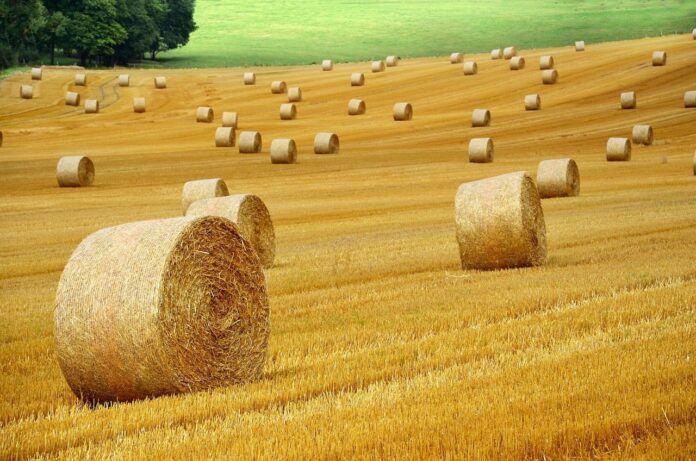In the face of mounting environmental challenges and the need to feed a growing global population, sustainable agriculture has emerged as a critical area of focus. Sustainable agriculture encompasses a range of practices aimed at meeting current food needs without compromising the ability of future generations to meet their own. It seeks to balance environmental health, economic profitability, and social and economic equity.
Unveiling Sustainable Agriculture
Sustainable agriculture is a multi-faceted concept that integrates three main goals: environmental health, economic profitability, and social and economic equity. It involves farming practices that are environmentally sound, economically viable, and socially responsible. The essence of sustainable agriculture lies in its ability to maintain the productivity and usefulness of the land over the long term, ensuring a legacy of abundance for future generations. It is a response to the environmental degradation caused by conventional agriculture, which often relies on chemical inputs and intensive monoculture, leading to soil erosion, decreased biodiversity, and water contamination.
Permaculture, agroforestry, and organic farming are three methodologies that have been developed as alternatives to conventional farming practices. Permaculture is a design system for creating sustainable human habitats by following nature’s patterns. It emphasizes the harmonious integration of landscape and people, providing food, energy, shelter, and other material and non-material needs in a sustainable way. Agroforestry, on the other hand, combines agriculture and forestry technologies to create more diverse, productive, profitable, healthy, and sustainable land-use systems. It involves the intentional integration of trees with crops and/or livestock. Organic farming rejects synthetic chemicals and emphasizes crop rotation, green manure, compost, and biological pest control.
Permaculture vs. Agroforestry vs. Organic
While permaculture, agroforestry, and organic farming share common goals of sustainability and environmental stewardship, they differ in their approaches and methodologies. Permaculture is a holistic design philosophy that extends beyond agriculture to encompass energy use, water resources, housing, and community development. It is based on the ethics of caring for the earth, caring for people, and sharing resources. Permaculture designs mimic natural ecosystems and seek to create resilient and self-sustaining systems.
Agroforestry, in contrast, is more narrowly focused on the interaction between trees and other agricultural practices. It is a land use management system that optimizes the benefits from the biological interactions created when trees and shrubs are deliberately combined with crops and/or livestock. Agroforestry systems can vary widely, from alley cropping to silvopastoral systems, depending on the specific environmental and socio-economic context.
Organic farming is perhaps the most structured of the three, with specific certification standards and practices that exclude the use of synthetic fertilizers, pesticides, and genetically modified organisms. It focuses on maintaining and improving soil fertility and ecological balance, with a strong emphasis on biodiversity. While organic farming can be practiced without adopting permaculture or agroforestry principles, it often complements these systems and can be integrated within them.
Analyzing Global Adoption & Impact
The adoption of sustainable agricultural practices varies widely across the globe, influenced by cultural, economic, and environmental factors. In some regions, permaculture has been embraced by small-scale farmers and communities seeking to create self-sufficient lifestyles and reduce their carbon footprint. It has also found a following among urban gardeners and in developed countries where there is a growing interest in sustainable living practices. However, permaculture is less prevalent on a commercial scale, where the focus tends to be on more conventional agricultural methods.
Agroforestry has seen significant adoption in tropical and subtropical regions, where the benefits of tree-crop interactions are most pronounced. It has been promoted as a way to combat deforestation and desertification, improve soil health, and enhance biodiversity. Agroforestry systems have also been recognized for their role in carbon sequestration and the potential to mitigate climate change.
Organic farming has experienced a surge in popularity in recent decades, with a growing market for organic products driving adoption. It is practiced worldwide, with some countries offering incentives and support for organic farmers. The impact of organic farming on the environment is generally positive, with studies showing benefits in terms of increased biodiversity, improved soil structure, and reduced pollution from chemical inputs. However, the economic viability of organic farming can be a challenge for farmers due to higher labor costs and lower yields compared to conventional methods.
Permaculture, agroforestry, and organic farming each offer unique approaches to sustainable agriculture, with varying degrees of adoption and impact around the world. As the global community continues to seek solutions for sustainable food production, these practices will likely play a pivotal role in shaping the future of agriculture.
